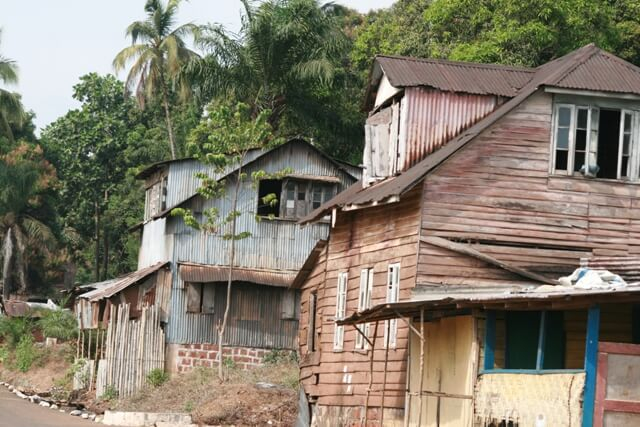York
York is a characteristically Krio community with a rich history, yet it also includes members of other tribes. Prior to the advent of the liberated slaves, the Sherbro had established themselves in the area, and the village was known as Momimi. York hamlet is nearly 200 years old, is largely Christian, and has stunning architecture and fauna. York is also the region's rural district headquarters.
The town's layout and house architecture are reminiscent of those found in the deep south of the United States, a tribute to the early settlers and re-captives who began a new life in the nineteenth century. After the slave era, the royal family was stationed in the neighborhood during WWII (and the prison yard, are still present).
In 1819, 202 ex-Royal African Corps (freed slaves who served Britain in the Napoleonic Wars) arrived in York. A large number of these ex-soldiers married Sherbro ladies. In 1822, 89 freed Africans were added to the colony, and by 1880, York had the largest canoe fleet on the Peninsula, with 51 canoes.
A visit will take you throughout York, where you will meet community leaders who will gladly enlighten you about the city's history. Give the elders a little token of thanks and appreciation for allowing you into their community, as is usual when visiting any local village, and they will be pleased to share stories with you. Please do not hesitate to ask queries.
Some things to do in York include:
- Bobor Kombo
- The Kings Yard
- York cemetery
- Foriwater Cave
- Local architecture
- Colonial Lampholders
- Madinga Water
- Various Churches
- The Town bell
- Whale Bay
- York Centenary











